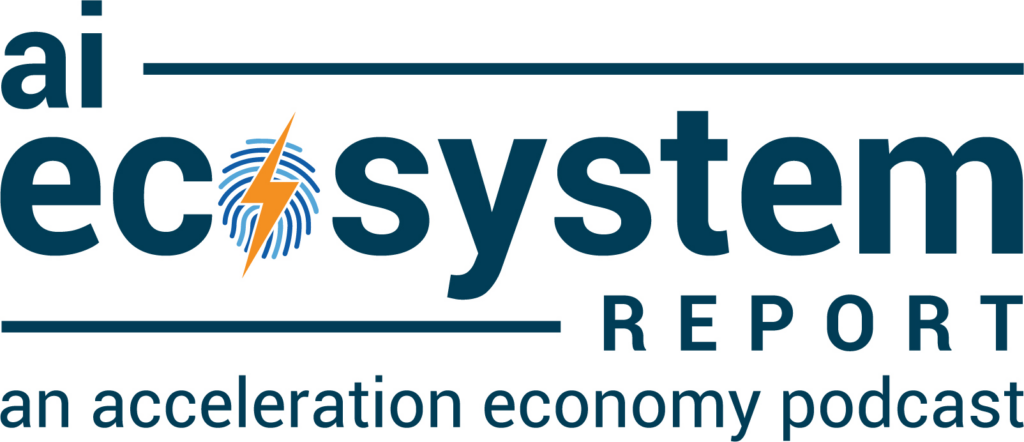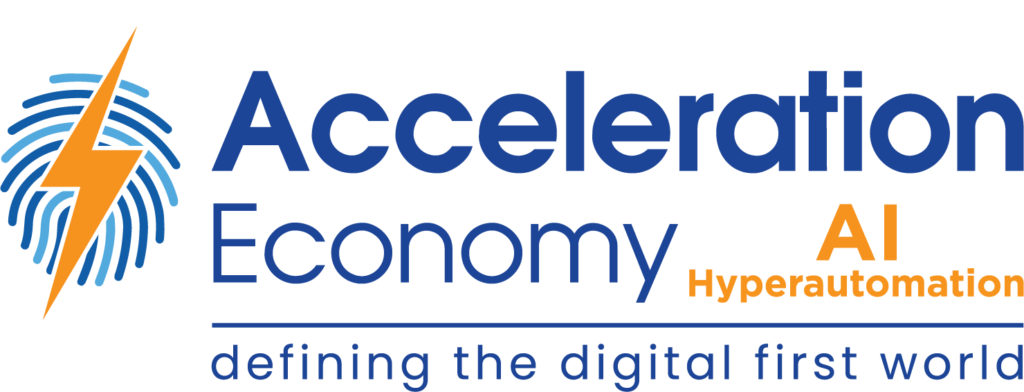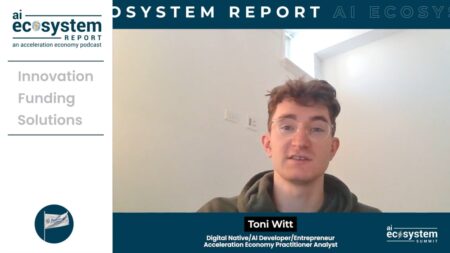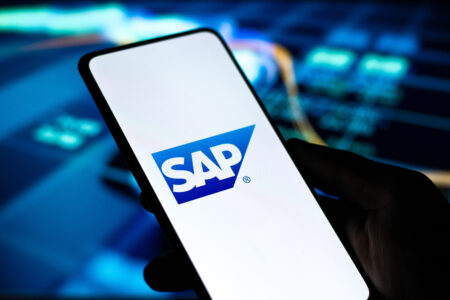Technologies become especially powerful when they combine. Mobile phones and the internet, for example, would be significantly less useful without each other. Understanding the relationships between different technologies is therefore extremely important. The process of combination often starts early, long before the technologies are even mature.
We’re just starting to see some exciting ways that artificial intelligence and NFTs can be combined. As a quick recap, NFTs (nonfungible tokens) are tokens whose code lives on a blockchain and can prove unique, immutable ownership of digital assets. AI (artificial intelligence) is a much broader field that has existed for much longer and refers to the process of giving machines intelligence.
How AI and NFTs Have Converged
1. Generative Art
While NFTs can be used for any digital asset and across industries, it still has a strong association with digital art. It has allowed digital artwork, from still images to videos to 3D models, to be owned and traded much like physical trading cards.
However, a new field called generative AI is redefining digital art. In this field, artificial intelligence models absorb a vast database of human-created artwork, whether that’s text, images, or sound, and learn how to create their own art. Many of these algorithmically generated pieces of art are now being attached to NFTs and being sold on Web3 marketplaces. This is particularly powerful when teams or creators want to issue large sets of NFTs where each token represents a unique piece of art and creating each piece by hand would take too long.
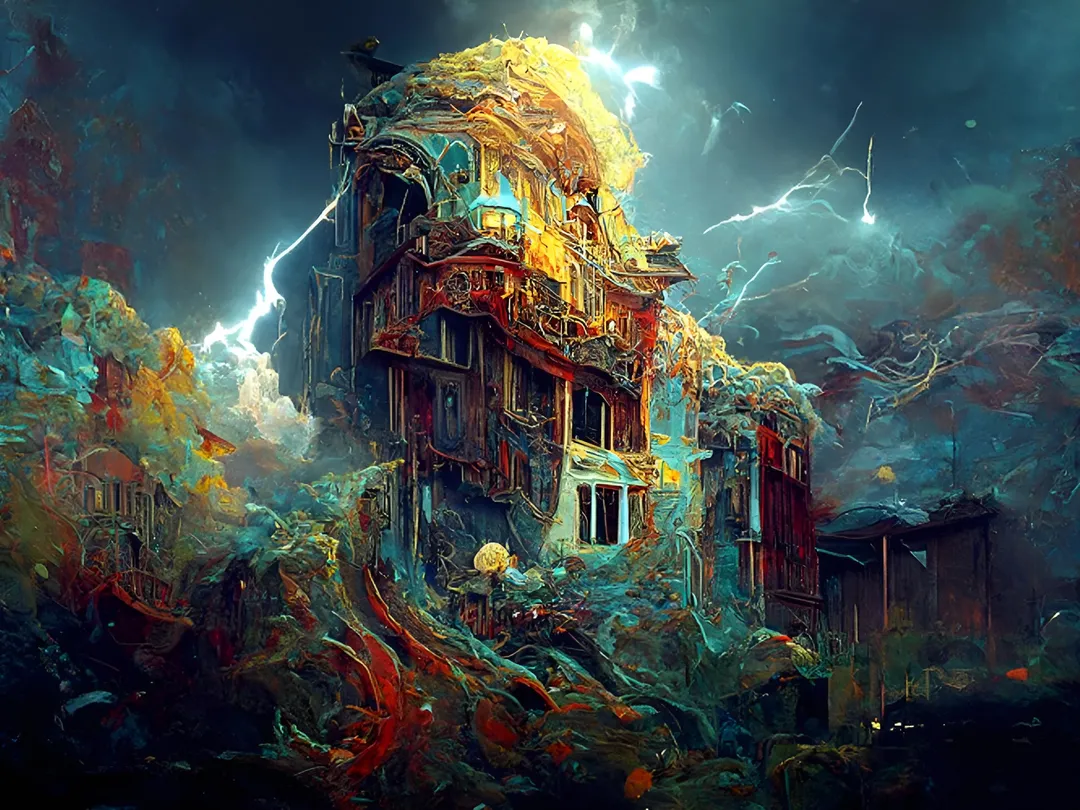
2. Interactive and Dynamic Content
NFTs can also be coupled to models themselves which allows the NFTs contents to be dynamic. Instead of representing an unchanged digital file, AI-NFTs can leverage AI algorithms to change the digital asset coupled to that NFT.
One of the first movers in this field has been Alethea AI, a Mark Cuban-funded project, which uses AI animation, interaction, and voice synthesis to create intelligent digital humans (think next-level chatbots) that are owned and traded as NFTs. These intelligent NFT digital humans, known as iNFTs, can learn and change over time depending on how the user interacts with it, thus adding or subtracting value to the token representing it.
However, that brings up an important question. As AI improves and digital humans become increasingly intelligent and even conscious, is there a point when it becomes unethical to own and trade them through NFTs? I never thought I would ask such a question, but here we are.
3. Broader Ecosystem: Re-Packaging AI with NFTs
The combination of NFTs and AI seems like an unnecessarily esoteric combination of new tech, but, in reality, it’s becoming a common matchup. As we move into increasingly digital worlds like the Metaverse, AI plays an important role in generating content, from avatars to artwork to 3D environments, and much more. That AI content has to be subdivided, allocated, and assigned property rights to give rise to an effective digital economy, which is where NFTs come in.
The question stands, if an AI algorithm creates a piece of artwork — perhaps a hit song or an amazing short story — and it were to be released to the markets and generate sales, who owns the rights to that revenue? As of right now, we can’t classify the algorithm itself as the legal creator because it’s not a human. But humans can purchase and trade rights to the creation of algorithms through NFTs. This might even become a lucrative investment in the future, in which curators and fans invest in their favorite algorithms instead of their favorite songwriter or filmmaker.
Even today, data or content facilitated by AI can be packaged into NFTs. For example, financial data streams assisted through AI might be sold as instruments to investors. AI-generated training data can be packaged as an NFT and resold to train other AI models.
Final Thoughts
NFTs and artificial intelligence are both infrastructural technologies. They are both creating entirely new tech stacks, new marketplaces, new companies, and new solutions. We’re just at the beginning of the story of NFTs, and we’ve only been taking artificial intelligence seriously for the past few years.
It’s impossible to predict the myriad ways these two core technologies can be combined in the future, just as it was impossible to predict Uber or Snapchat in the early 2000s in the early days of the internet and cell phones.
Looking for real-world insights into artificial intelligence and hyperautomation? Subscribe to the AI and Hyperautomation channel:


